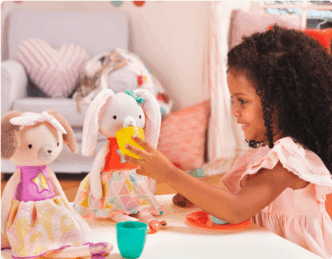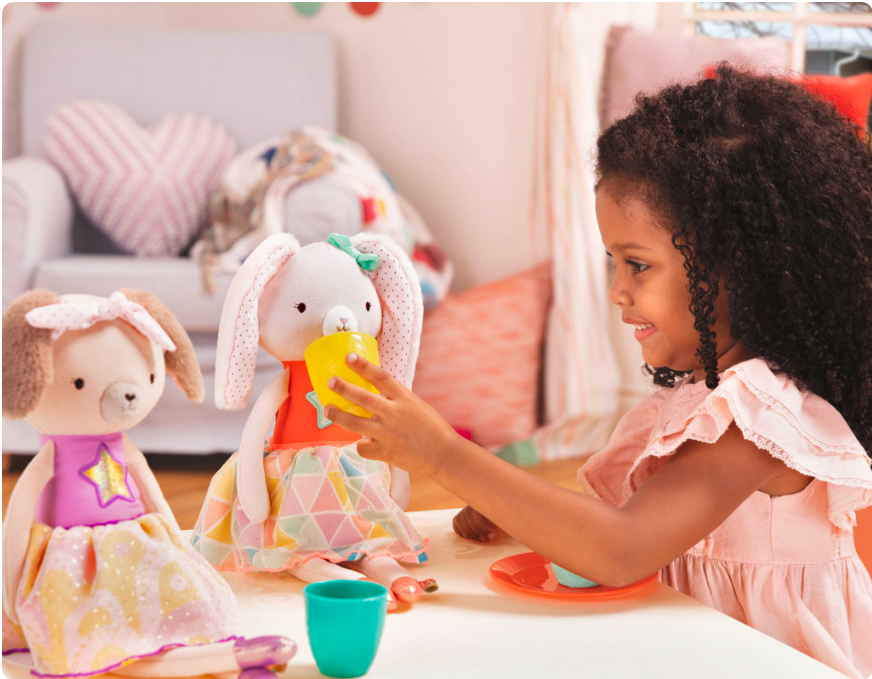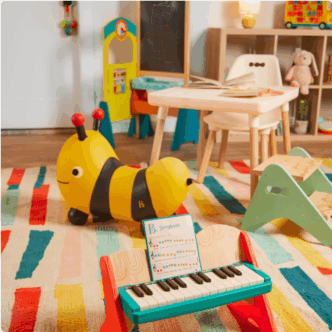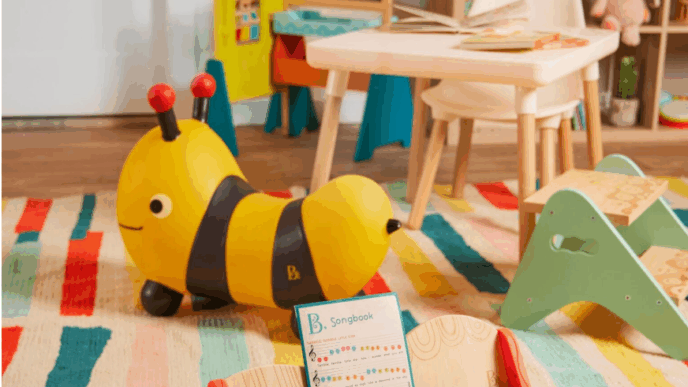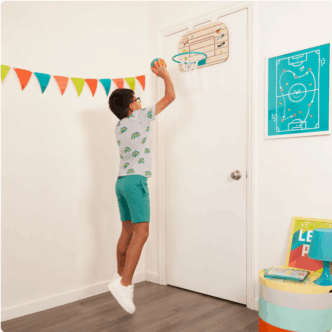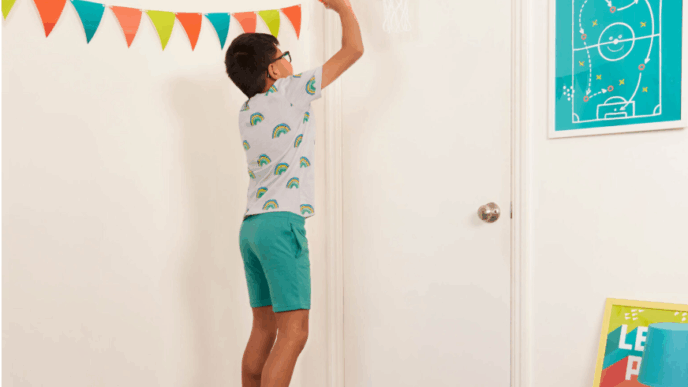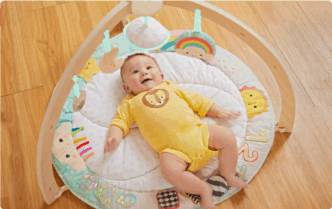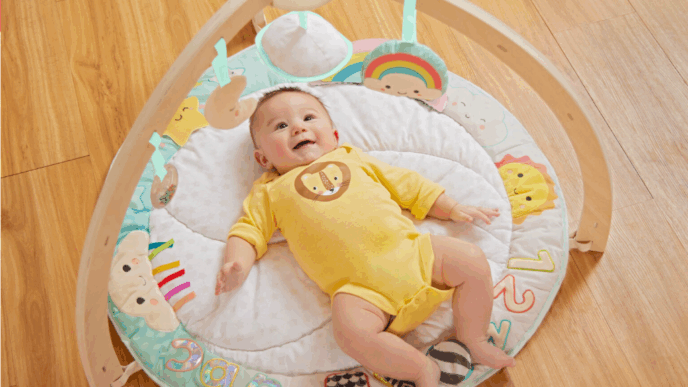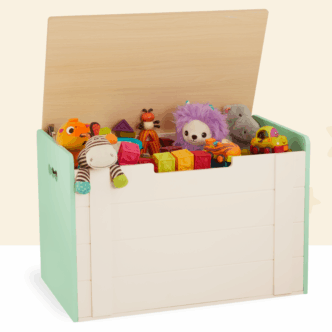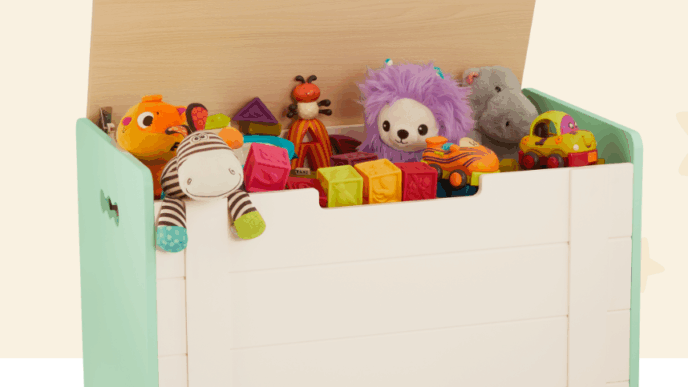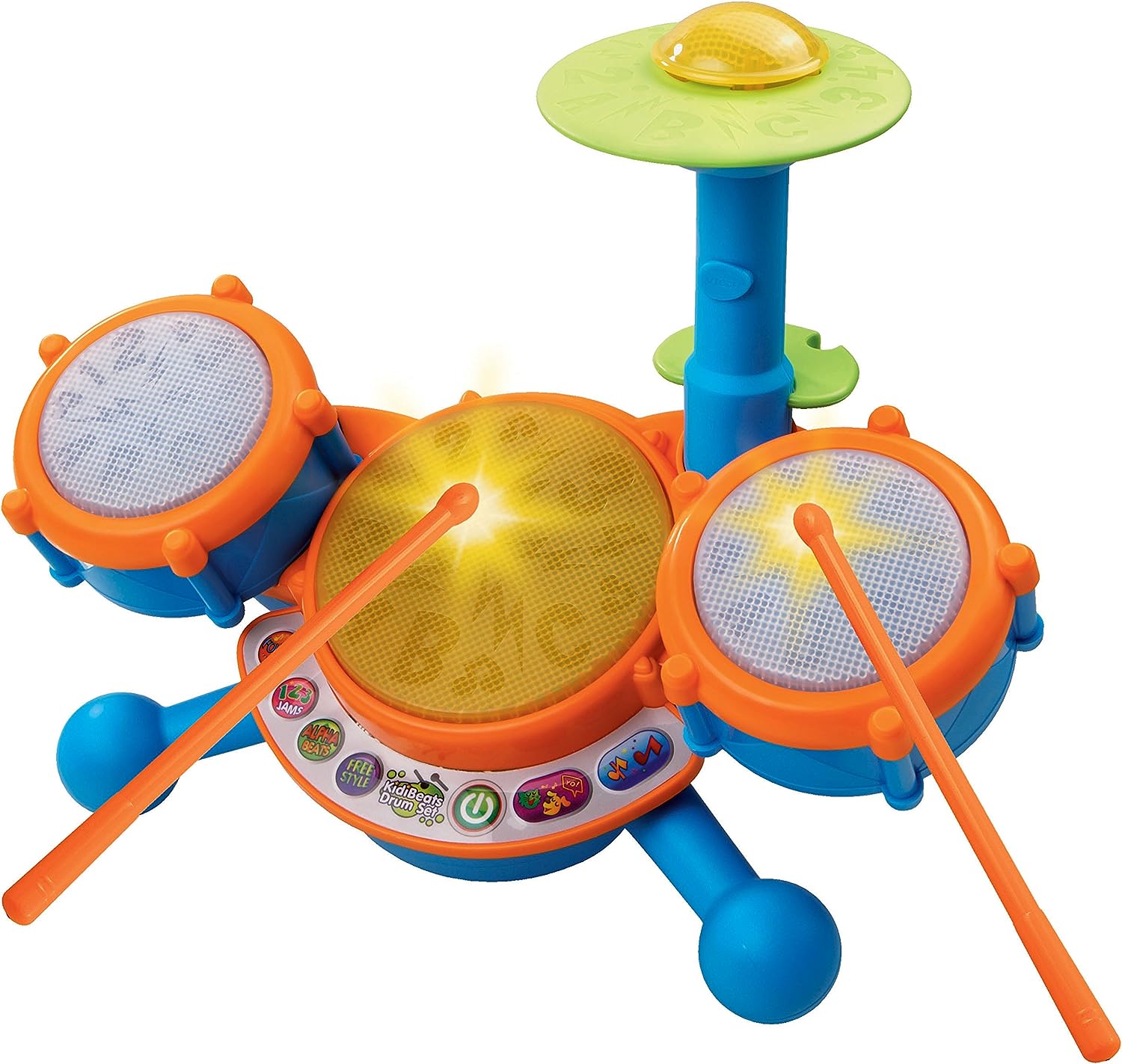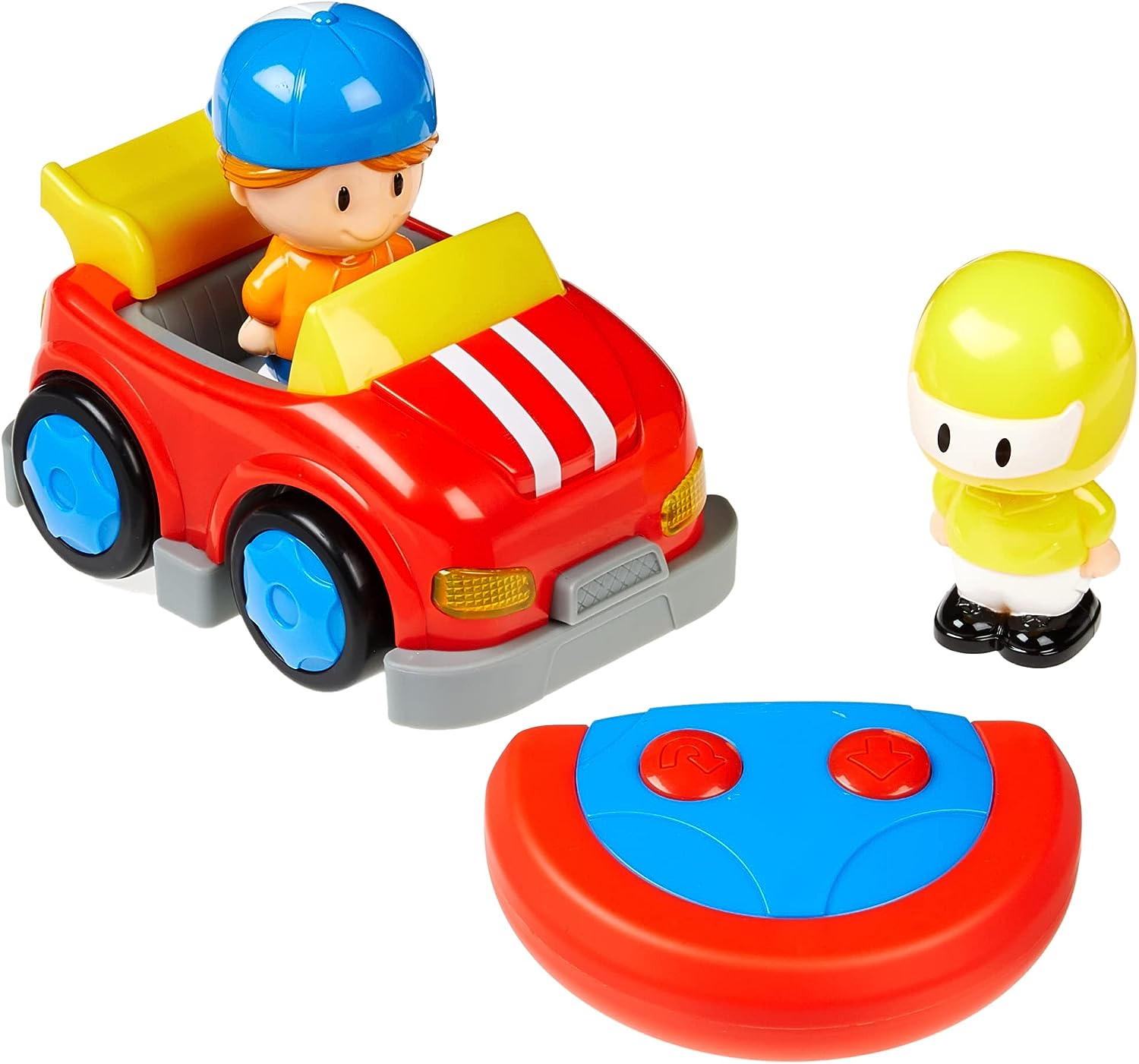There are always some objects in our lives that evoke deep warmth and tenderness, and plush toys are one of them. With their soft texture, adorable appearance, and silent companionship, they have become an integral part of many people’s childhood memories. However, plush toys’ significance goes far beyond this. They not only bring joy but also positively impact our lives in many ways.
1. Plush Toys and Emotional Comfort
In modern society, people face a variety of pressures and challenges. Whether it’s exhaustion from work or frustrations in life, people need someone to confide in and rely on. Plush toys, with their unique charm, have become a source of emotional comfort for many. They can’t speak, but they can silently accompany us. When we feel lonely, anxious, or depressed, hugging a plush toy can offer a sense of comfort and warmth. This emotional comfort plays a significant role in relieving stress and improving mood.
This companionship of plush toys is even more meaningful for children. As children grow, they experience a variety of emotional fluctuations. Plush toys can become good friends, providing companionship during times of loneliness and helping children learn to express and manage their emotions. For example, when children encounter difficulties or feel afraid, they can confide in their plush toys and ease their inner anxiety. This emotional exchange not only benefits children’s mental health but also fosters empathy and social skills.
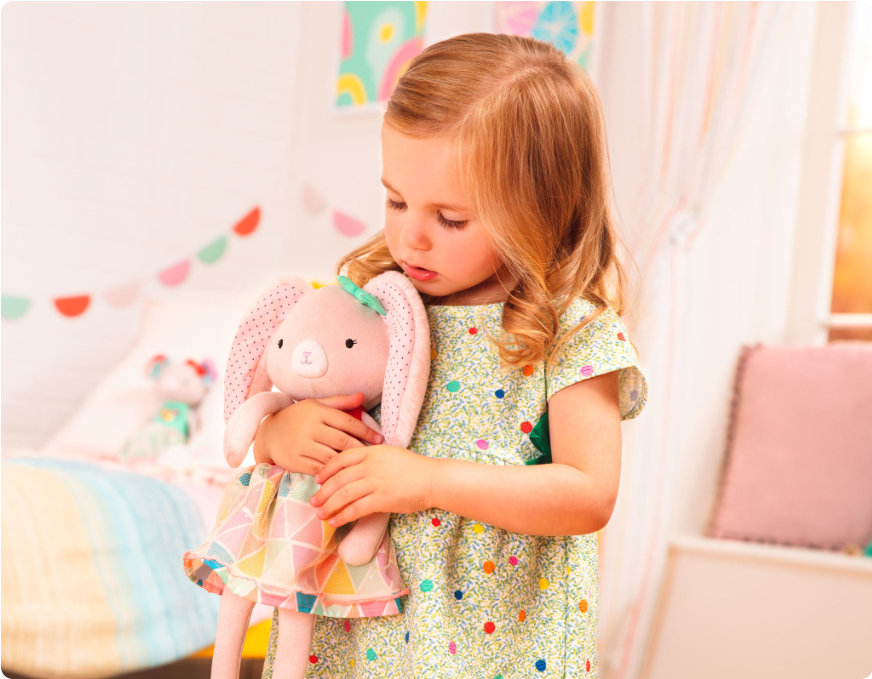
2. Plush Toys and Stimulating Creativity
The cute appearance and diverse forms of plush toys provide ample space for children’s imagination and creativity. In a child’s world, plush toys can be anything: a brave warrior rescuing a trapped princess, a gentle doctor treating injured animals, or a mysterious explorer leading children on an adventure into the unknown. By interacting with plush toys, children can create a variety of stories and scenarios, enriching their imaginations while also honing their verbal expression and logical thinking skills.
Plus toys can also stimulate children’s creativity. They can design clothes for their plush toys, build huts for them, or even create their own plush toys. In this process, children need to use their imagination and creativity to transform their ideas into practical creations. This creative activity not only develops children’s hands-on skills but also allows them to learn problem-solving through practice and build self-confidence.
3. Plush Toys and Social Interaction
Plush toys not only serve as a source of personal emotional comfort and creativity, but also as a medium for social interaction. At children’s gatherings or playtimes, plush toys often become a focal point. Children share their favorite plush toys and tell stories and experiences about them. This process of sharing and communicating not only strengthens friendships but also cultivates social skills.
Furthermore, plush toys can help children better adapt to social situations. By interacting with plush toys, children learn how to communicate, cooperate, and share with others. For example, they can play games with plush toys and learn how to take turns and wait. They can also develop a sense of responsibility and care for others by caring for plush toys. Cultivating these social skills is crucial for children’s future growth and development.
4. Plush Toys and Cultural Heritage
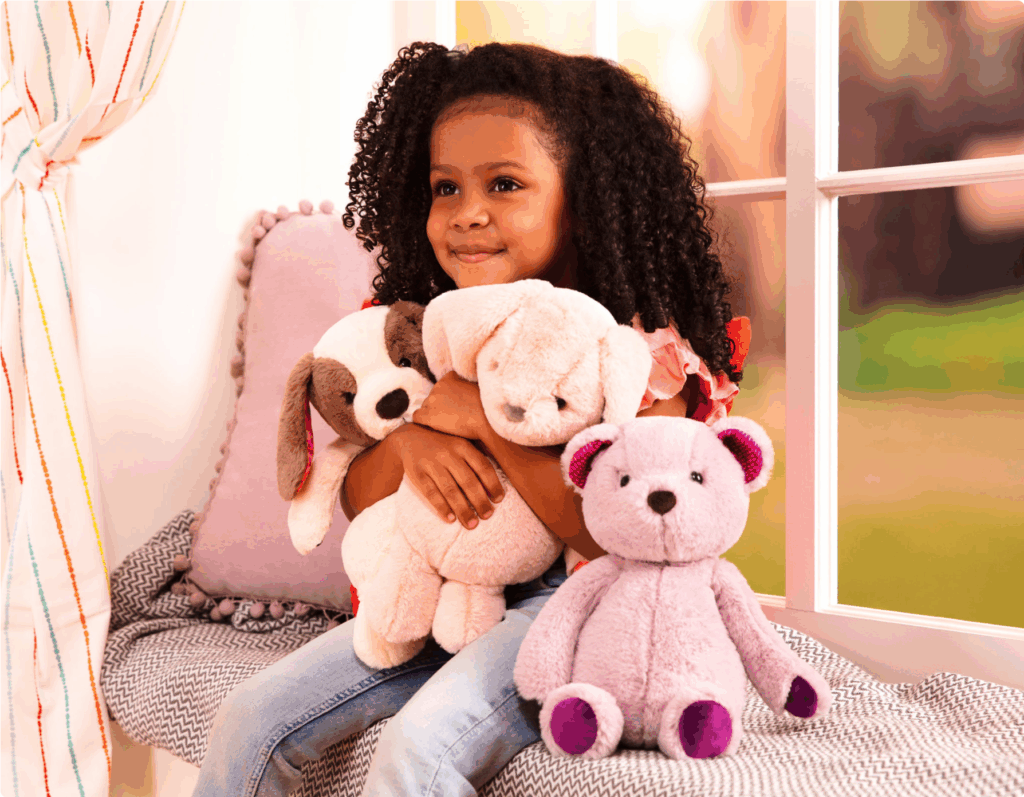
Plush toys are more than just toys; they carry rich cultural connotations. Many plush toy designs are inspired by traditional cultures and folk tales from around the world. For example, plush toys like China’s panda dolls, Japan’s maneki neko (lucky cat), and Russia’s matryoshka dolls not only possess unique artistic value but also promote and spread the cultural characteristics of their respective cultures.
Through plush toys, children can learn about the cultural traditions of different countries and ethnic groups and broaden their horizons. Plush toys can also serve as a bridge for cultural exchange. When people give plush toys embodying their own cultural characteristics to foreign friends, it not only fosters friendships but also allows them to gain a better understanding of their own culture. This cultural exchange has positive significance for promoting global cultural diversity.
5. Plush Toys and Environmental Awareness
With growing awareness of environmental protection, the materials and production processes of plush toys are gaining increasing attention. Many plush toy manufacturers are using environmentally friendly materials, such as organic cotton and natural fibers. These materials are not only environmentally friendly but also reduce potential health risks for children.
Furthermore, plush toys are reusable, making them an environmentally friendly choice. Unlike some disposable toys, plush toys can accompany children for a long time. Even when children outgrow their toys, plush toys can continue to be used through donations, secondhand trade, and other means. This reusability not only reduces resource waste but also fosters environmental awareness in children.
Plush toys, with their unique charm, play a vital role in our lives. They not only provide emotional comfort but also stimulate creativity, foster social interaction, preserve culture, and foster environmental awareness. In this fast-paced modern society, plush toys are like a ray of warm sunshine, illuminating our hearts. Let us cherish these lovable companions and let them continue to play a positive role in our lives, adding more color and warmth to our lives.
